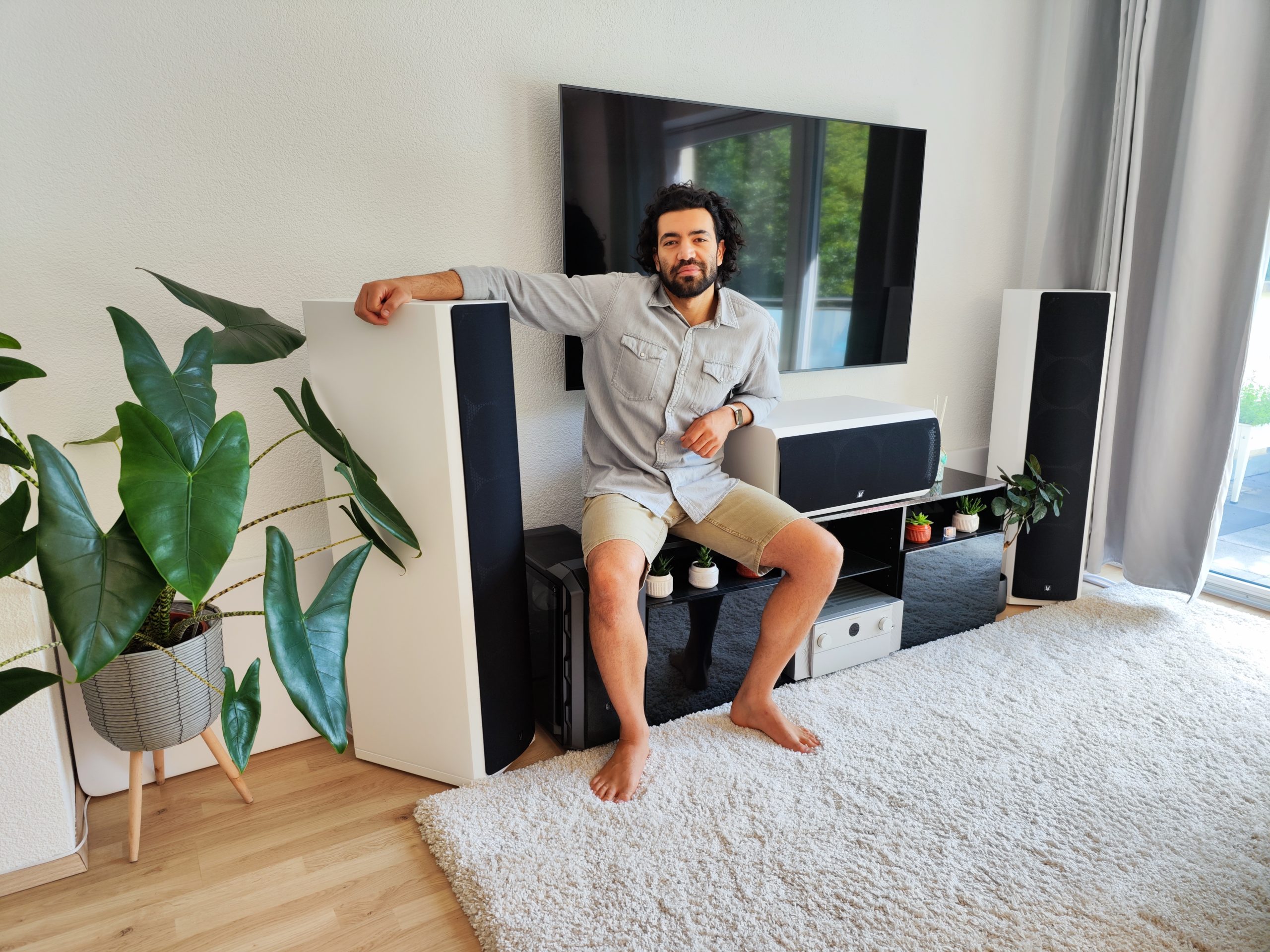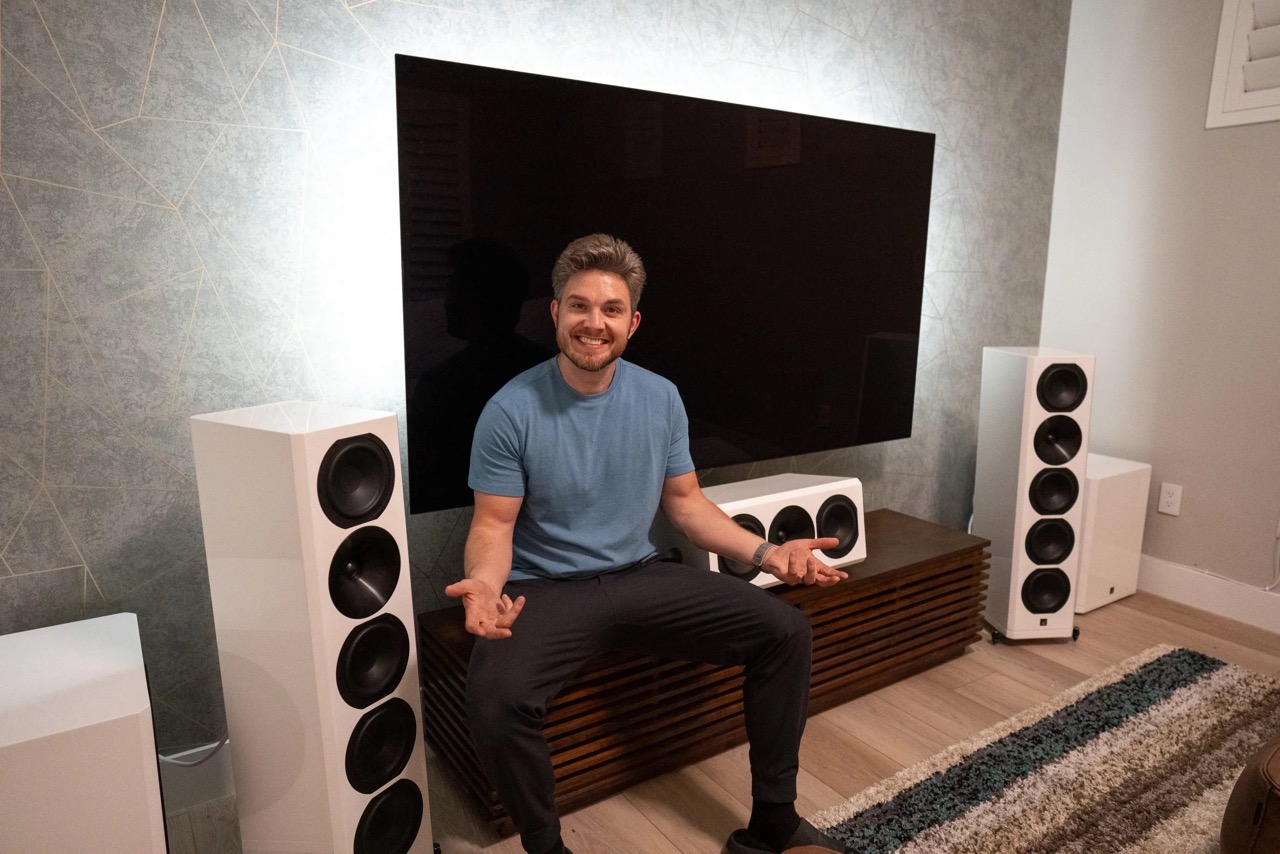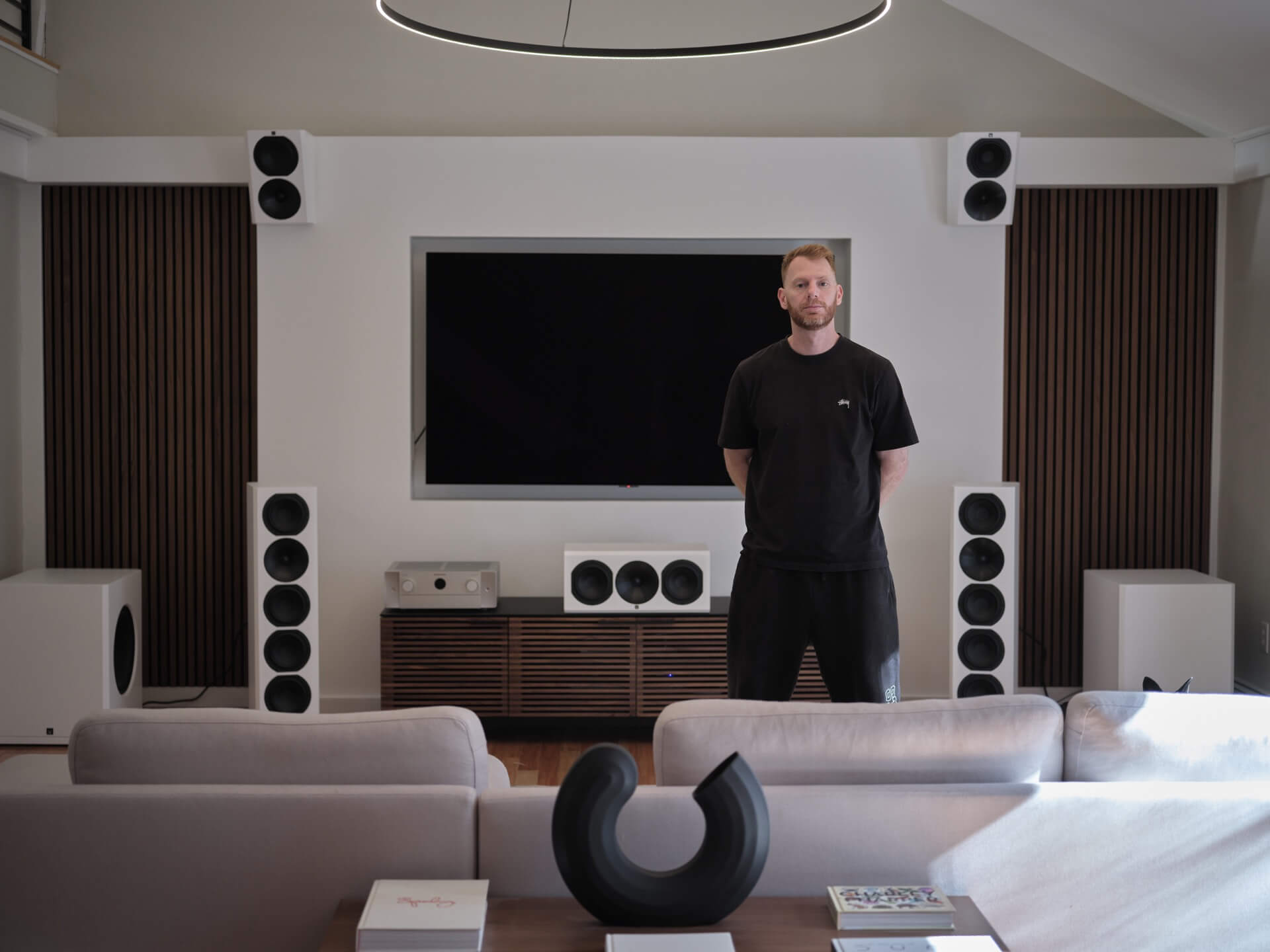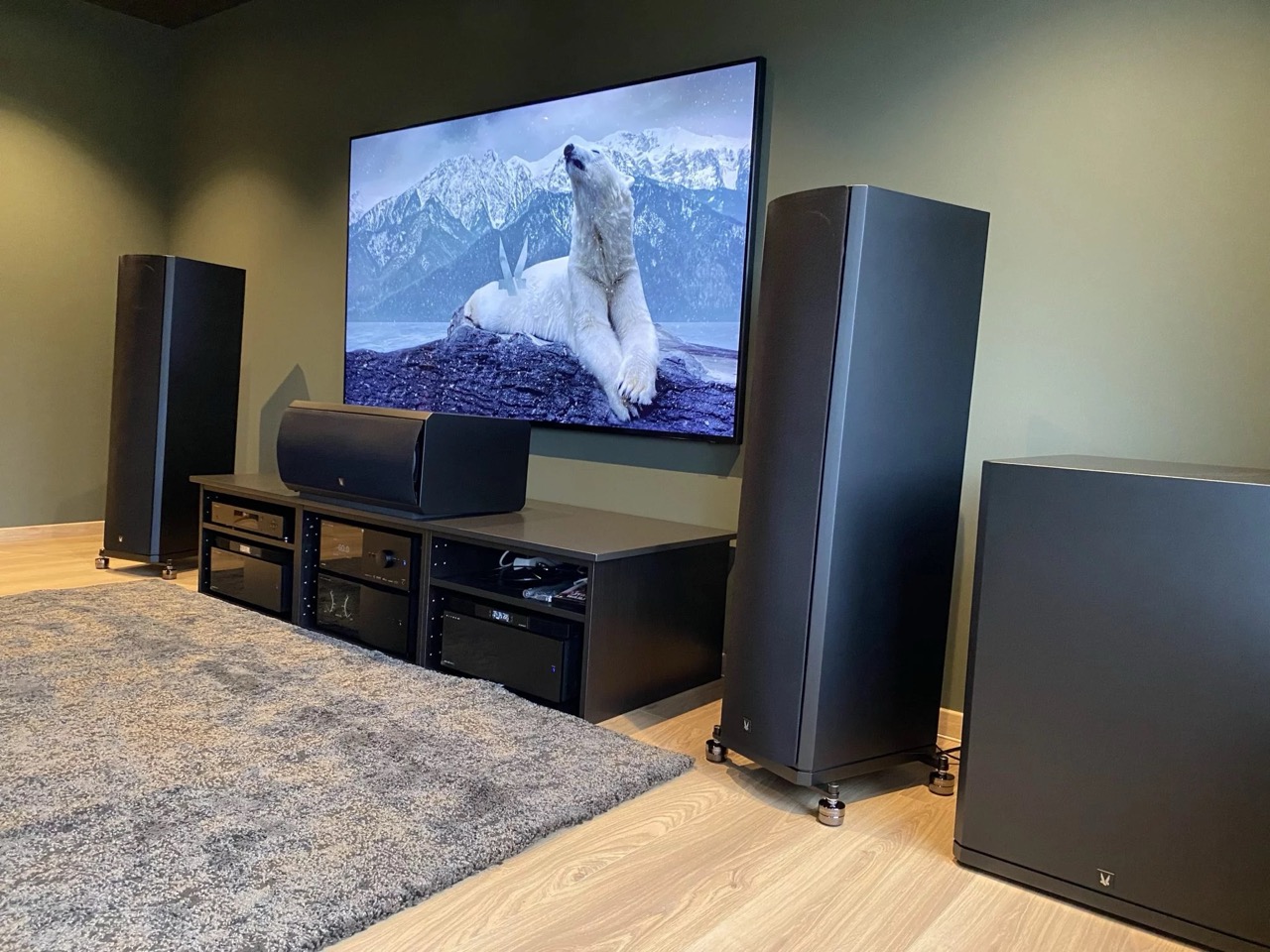Designing Your Home Theater: Key Considerations
Article summary - TL;DR
- Understand room dimensions and layout for optimal space and seating arrangements.
- Improve acoustics with soundproofing, speaker positioning, and high-quality audio equipment.
- Control lighting to avoid glare and enhance the visual experience with dimmable or LED lights.
- Ensure comfortable, well-placed seating for an immersive viewing experience.
- Enhance your audio-visual setup with the 1723 Tower THX for cinematic audio quality.
1. Room Size and Layout
When designing your home theater, one of the most important factors to consider is the size and layout of the room. Here are some key points to keep in mind:
- Measure the dimensions of the room to determine the available space for your home theater.
- Ensure that there is enough space for proper seating arrangement and equipment placement.
- A rectangular or square-shaped room is ideal for audio performance.
- Avoid rooms with odd shapes or excessive windows, as they can negatively impact sound quality.
2. Acoustics
Creating optimal acoustics in your home theater is essential for a truly immersive audio experience:
- Consider soundproofing the room to prevent sound leakage and disturbances.
- Use acoustic panels or diffusers on the walls to eliminate echoes and improve sound clarity.
- Position your speakers correctly based on room dimensions and seating arrangement to achieve balanced sound distribution.
- Invest in high-quality speakers and a subwoofer to reproduce accurate, powerful, and detailed audio.
3. Lighting
Proper lighting can enhance the ambiance and visual experience in your home theater:
- Avoid any windows or natural lighting sources that may cause glare or interfere with projection quality.
- Use dimmable lights or install smart lighting systems to adjust the brightness according to the content being viewed.
- Consider installing LED strip lights behind the screen or around the room for a cinematic feel.
- Use curtains or blinds to block out external light sources if needed.
4. Seating and Layout
The seating arrangement in your home theater significantly impacts the viewing experience:
- Choose comfortable seating with proper cushioning and support.
- Ensure that the seating is positioned at the right distance from the screen for optimal viewing angles.
- Consider tiered seating or platforms to provide clear sightlines for everyone in the room.
- Leave enough space between rows for easy movement and accessibility.
5. Equipment Placement
Strategic placement of your audio and visual equipment is crucial for optimal performance:
- Position the screen at a height and angle that is comfortable for viewing.
- Place the main speakers at ear level and ensure they are equidistant from the primary seating area.
- Consider concealing or hiding cables to maintain a clean and organized look.
- Ensure proper ventilation for all equipment to prevent overheating.
6. Room Decor and Theme
Create a visually appealing and cohesive theme in your home theater:
- Choose a color scheme that matches the overall ambiance you want to create.
- Decorate the room with movie posters, wall decals, or acoustic panels with printed graphics.
- Consider installing a starry ceiling or fiber optic lighting for a unique and immersive atmosphere.
- Place sound-absorbing furniture or carpeting to minimize echo and improve sound quality.
By carefully considering these key design elements, you can create a home theater that delivers an exceptional audio and visual experience, transporting you into the world of your favorite movies in the comfort of your own home.
Frequently asked questions
What size room is best for a home theater?
A rectangular or square-shaped room is ideal, as it supports better audio performance. Measure your room to ensure adequate space for seating and equipment.
How can I improve acoustics in my home theater?
Soundproof the room, use acoustic panels, position speakers correctly, and invest in high-quality speakers and a subwoofer for optimal sound clarity.
What type of lighting should I use in my home theater?
Avoid natural light sources that cause glare. Opt for dimmable or smart lighting, LED strip lights for ambiance, and use curtains or blinds to block external light.
How should I arrange seating in a home theater?
Choose comfortable seating, position it at the right distance from the screen, consider tiered seating for sightlines, and leave space between rows for movement.
Where should I place my home theater equipment?
Position the screen for comfortable viewing, place speakers at ear level, conceal cables for a clean look, and ensure proper ventilation for all equipment.
What decor should I consider for my home theater?
Select a cohesive color scheme, decorate with movie-themed items, consider a starry ceiling or fiber optic lighting, and add sound-absorbing furniture to improve acoustics.
How can I prevent sound leakage in my home theater?
Consider soundproofing the room to minimize sound leakage and disturbances, creating a more immersive experience.
Is it important to have tiered seating in a home theater?
Yes, tiered seating or platforms can enhance sightlines for all viewers, providing a better overall viewing experience.
Should I invest in a subwoofer for my home theater?
Absolutely! A quality subwoofer enhances bass response and overall audio performance, making your viewing experience much more engaging.








